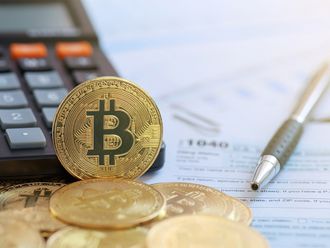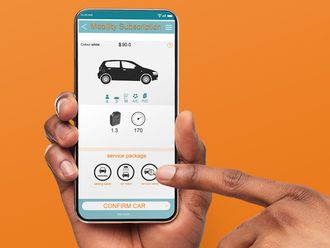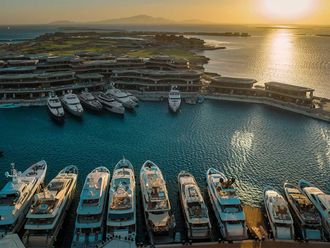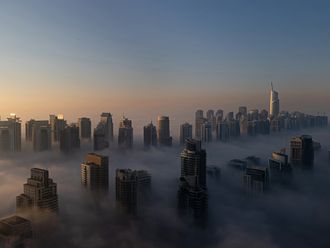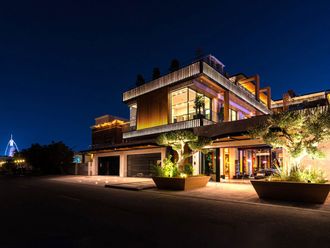
Saudi Arabia's economy is poised for remarkable growth in 2011 on the back of numerous positive factors including steady oil prices and stronger domestic spending. Recently, the International Monetary Fund revealed that it expects Saudi Arabia to achieve a real gross domestic product growth rate — adjusted for inflation — of 6.5 per cent in 2011, up from 4.1 per cent in 2010 and 0.1 per cent in 2009.
The new rate fits IMF's newly revised GDP growth rate for Gulf Cooperation Council (GCC) countries, which it has raised from 5.2 per cent to 7.8 per cent in 2011. Qatar outperforms fellow GCC economies in GDP growth thanks to development of its oil and gas sector.
The notable GDP growth for Saudi Arabia in 2011 partly reflects stronger governmental projects which have led to a spillover effect in the private sector. As such, a good measure of growth is to unfold in the non-oil sector.
The primary drivers of these developmental activities are two decrees issued by King Abdullah Bin Abdul Aziz earlier in the year allocating $130 billion (Dh477.39 billion) for such projects in fiscal year 2011 after $154 billion was earmarked initially.
Public spending
The $130-billion scheme aims at providing housing for thousands of ostensibly low-income families — by Saudi standards — besides creating thousands of jobs in state entities as well as extending various allowances and subsidies for nationals. To be sure, the outlay of $130 billion is not confined to 2011 but the current year has the advantage of starting off the extraordinary spending programme.
On the other hand, it is not hard to appreciate the IMF's fear of inflationary threats reflecting adversely as a result of the sharp jump in spending. The inflation rate could reach as high as 6 per cent. In reality, real GDP growth rate could have been higher but for the inflation factor.
To be sure, this is the first time in several years that the Saudi economy is facing this level of inflation. Certainly, the additional spending is partly to blame. It is hoped that the spending will help address numerous socio-economic challenges including unemployment.
The jobless rate currently stands at around 10 per cent, as nearly half a million Saudi nationals, mostly females, are without proper jobs. The relatively high jobless rate amongst females denies the Saudi economy the opportunity to benefit from capabilities of graduate females. Still, Saudi job seekers are predisposed to occupations that promise rewarding career paths and remuneration, and thus limit their employment prospects.
Oil boost
In reality, the timing of the spending boost could not have been better, coming at a time of steady rise in oil production and oil prices. The kingdom boasts oil output of just above 9 million barrels per day, second only to Russia. However, it is the leading oil exporter and also boasts spare capacity to increase oil production, if and when needed.
Separately, Saudi Arabian authorities have not disclosed assumed average oil prices for fiscal year 2011 reflecting age-old conservative policy. However, at $80 per barrel for fiscal year 2011, Bahrain was assumed to have used the highest average oil price within GCC countries. It is suggested that average oil price of $84 per barrel would be sufficient to allow Saudi Arabia to register a surplus in its budget. Oil prices are projected to stay around $107 per barrel in 2011, up from nearly $100 per barrel in 2010. The change reflects higher demand on the back of the global economy's ability to cope with numerous crises.
Saudi authorities need not overlook inflationary pressures whilst overseeing handsome economic growth rates.
The writer is a Member of Parliament in Bahrain.




